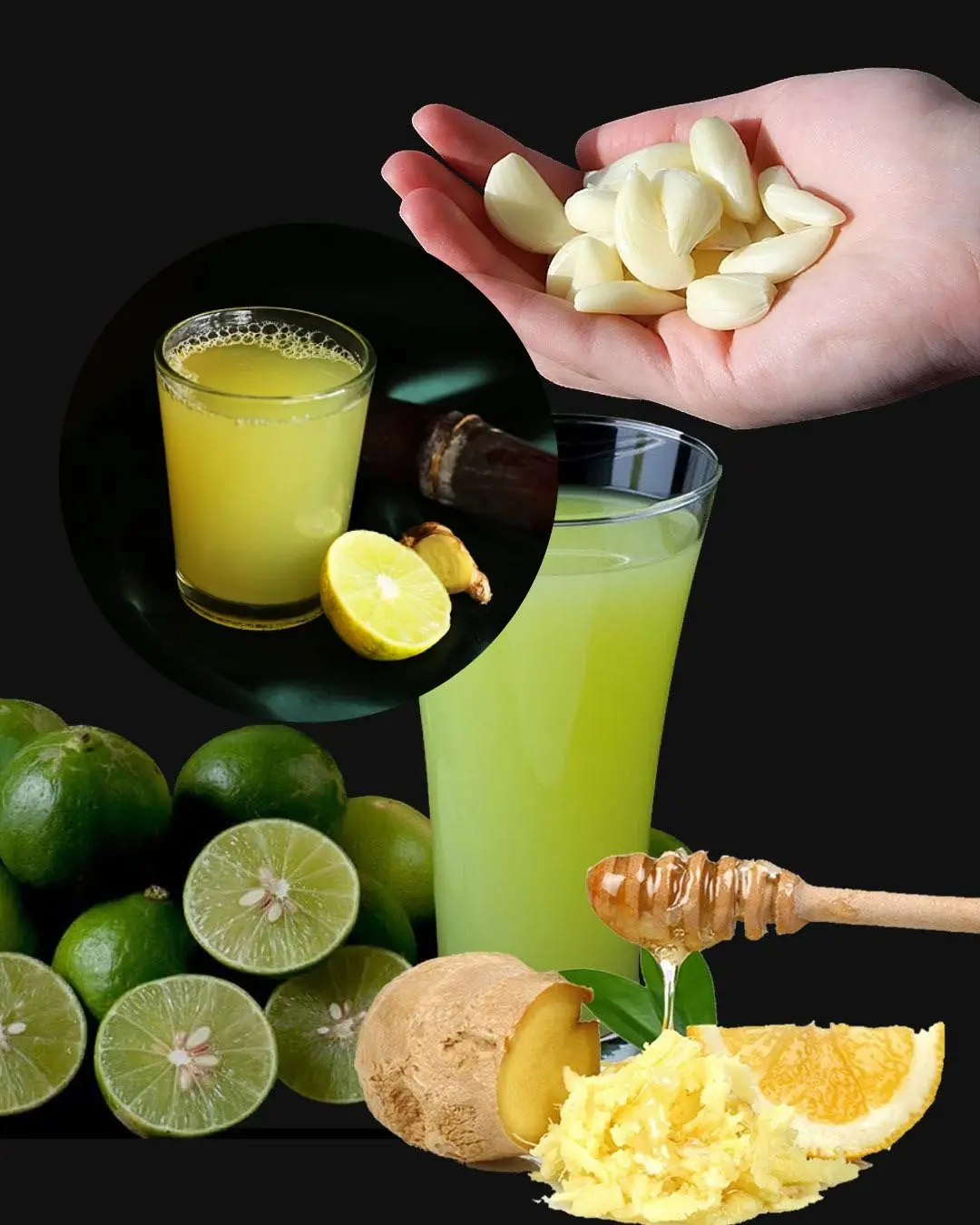
The Powerful Medicinal Benefits and Uses of Senna alata
Senna alata, also known as the candle bush, candle tree, or ringworm shrub, is a remarkable medicinal plant celebrated for its wide array of health-promoting properties. Native to tropical and subtropical regions, this plant stands out with its eye-catching bright yellow, candle-like flower clusters and lush green foliage. While it adds beauty to gardens and landscapes, Senna alata is especially prized in traditional medicine systems across Asia, Africa, and South America.
For generations, it has been used as a natural remedy for skin conditions, digestive problems, and microbial infections. In this article, we’ll explore the plant’s diverse health benefits, common uses, and how you can make your own simple home remedies with it.
Health Benefits of Senna alata
1. Potent Antifungal Properties

One of the most renowned attributes of Senna alata is its powerful antifungal activity. The plant contains chrysophanic acid, a naturally occurring fungicidal compound that is highly effective against ringworm, athlete’s foot, and other fungal skin infections. This makes it a frontline natural treatment in rural and traditional healthcare for dermatological issues.
2. Natural Laxative Effects
Senna alata is also recognized for its strong laxative effects due to the presence of anthraquinones, chemical compounds that stimulate the colon and help facilitate bowel movements. It serves as a mild herbal solution for constipation and helps in maintaining a healthy digestive system when used in moderation.
3. Antibacterial Capabilities
Beyond its antifungal abilities, Senna alata exhibits notable antibacterial effects. Extracts from the leaves help reduce bacterial presence on the skin, which in turn prevents secondary infections and accelerates the healing of minor wounds or infections.
4. Anti-inflammatory Action
The plant also possesses anti-inflammatory compounds that may help reduce redness, swelling, and irritation. This makes Senna alata a useful treatment for conditions like eczema, insect bites, and other forms of skin inflammation.
5. Antioxidant Support
Senna alata is rich in natural antioxidants that combat oxidative stress by neutralizing free radicals. These antioxidants may support the body’s immune function and help protect cells from premature aging and damage.
6. Wound Healing Properties
When applied topically, Senna alata acts as a natural healer for cuts, scrapes, and abrasions. Thanks to its antimicrobial and soothing nature, it helps clean wounds and speed up tissue regeneration.
7. Skin Soothing and Moisturizing
The emollient qualities of Senna alata make it effective in moisturizing and calming irritated skin. Its leaves can be used in DIY ointments or washes to relieve dryness, itchiness, and general discomfort, especially in conditions like eczema or dermatitis.
8. Possible Immune Support
Emerging studies suggest that some of the bioactive compounds in Senna alata may modulate immune responses, potentially offering support for people with mild inflammatory or allergic skin conditions.
Common Uses of Senna alata
-
Topical Remedy for Fungal Infections: Leaf paste is applied directly to treat ringworm, athlete’s foot, and similar infections.
-
Herbal Laxative: A decoction made from the leaves is taken orally to relieve constipation.
-
Insect Bite Relief: The plant’s anti-inflammatory nature helps calm itching and swelling from insect stings or bites.
-
Natural Skin Cleanser: Infusions made from the leaves serve as an antiseptic wash for skin hygiene and minor infections.
-
General Skin Care: It’s also used in traditional formulations for managing rashes, acne, and eczema.
Homemade Applications of Senna alata
Here are several practical ways to prepare and use Senna alata at home:
1. Leaf Paste for Skin Conditions
-
Ingredients: Fresh Senna alata leaves, water.
-
Method: Crush a handful of fresh leaves into a fine paste with a few drops of water. Apply directly to affected skin and leave for 30 minutes. Rinse with lukewarm water. Repeat twice daily until symptoms improve.
-
Use: Treats fungal infections, eczema, and localized rashes.
2. Antifungal Leaf Wash
-
Ingredients: Fresh or dried leaves, water.
-
Method: Boil a cup of water and add a handful of leaves. Simmer for 10–15 minutes. Let it cool, then strain. Use the infusion as a wash for infected or irritated areas.
-
Use: Ideal for ringworm, foot fungus, or itchy skin.
3. Laxative Decoction
-
Ingredients: 1–2 teaspoons of dried leaves, 250 ml water.
-
Method: Boil leaves for 10 minutes, strain, and cool before drinking. Consume once a day and only when necessary.
-
Use: Provides gentle relief from constipation.
-
⚠️ Caution: Avoid overuse as it can lead to cramping or diarrhea.
4. Insect Bite Relief Ointment
-
Ingredients: Fresh leaves, coconut or olive oil.
-
Method: Gently heat leaves in oil on low for 30 minutes. Strain and store in a clean jar. Apply a small amount on bites.
-
Use: Reduces itching, swelling, and irritation.
5. Skin Tonic Bath
-
Ingredients: A handful of leaves, hot water.
-
Method: Steep the leaves in a tub of hot water for 15–20 minutes. Bathe in the infusion to soothe irritated or itchy skin.
-
Use: Helpful for widespread skin irritation or during dry seasons.
Precautions and Disclaimer
While Senna alata is a natural remedy with many advantages, it's essential to use it with caution:
-
Do not overuse its laxative properties to avoid dehydration and gastrointestinal distress.
-
Always perform a patch test before applying it to large areas of skin to avoid allergic reactions.
-
Pregnant and breastfeeding women, as well as individuals with underlying medical conditions (especially gastrointestinal disorders), should consult a healthcare professional before use.
-
Senna alata should not replace prescribed medications or medical treatments unless advised by a qualified practitioner.
Conclusion
Senna alata is a versatile, accessible, and powerful medicinal plant with a long history of traditional use. Whether used as a topical remedy for fungal infections, a natural laxative, or a soothing treatment for bites and rashes, it offers a safe and effective way to support your health—when used wisely. By following the simple homemade preparations outlined above, you can harness the full potential of this remarkable plant.
Note: Always consult a healthcare provider before starting any new herbal remedy, especially if you are on medication or have existing health conditions.
Inspired by this information? Share it with friends and empower others to discover natural wellness alternatives!
News in the same category


Unlock the Forbidden Sweetness: Why Dates Are the Ultimate Superfood Hiding in Plain Sight
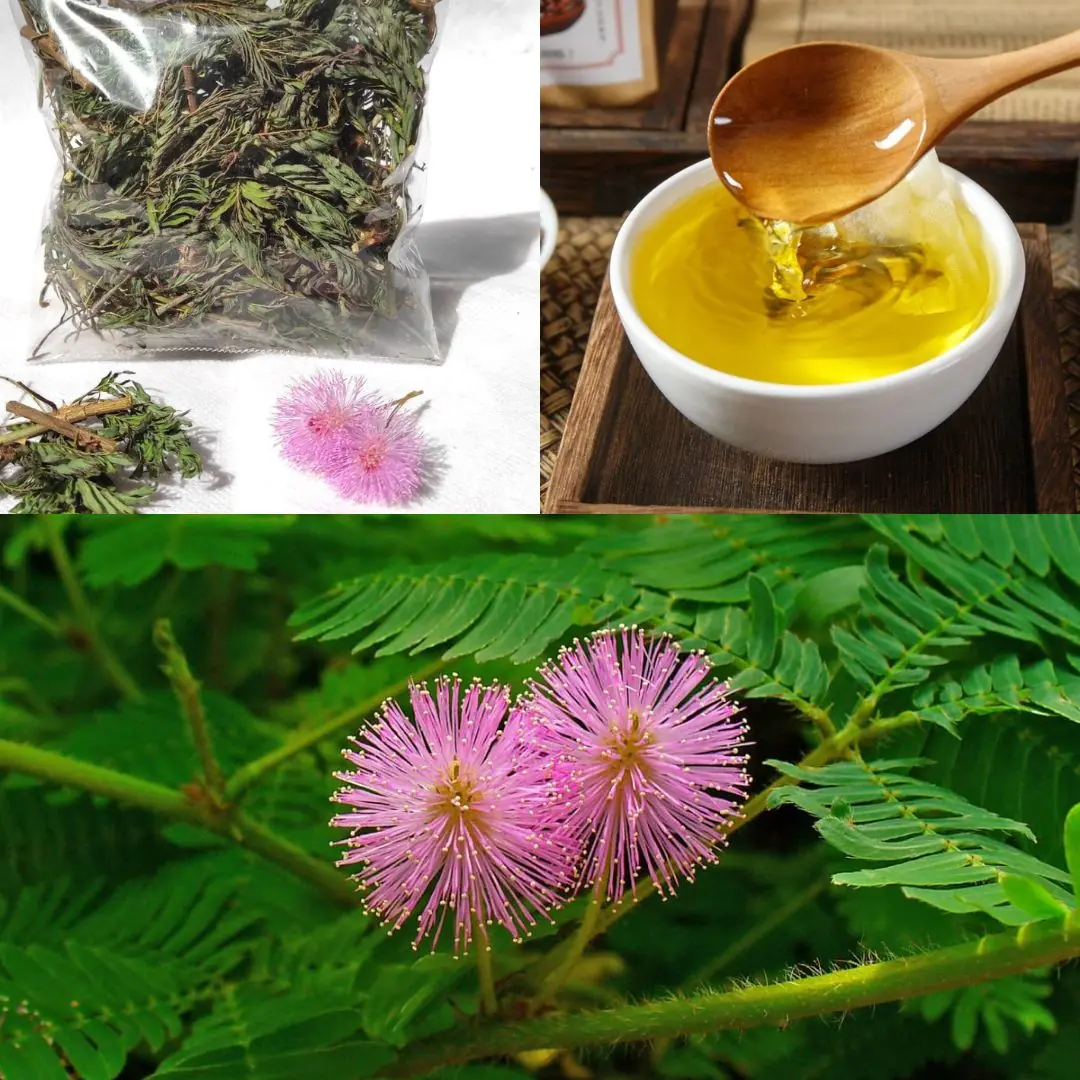
The Digestive Benefits of Mimosa Pudica: A Natural Gut Cleanser
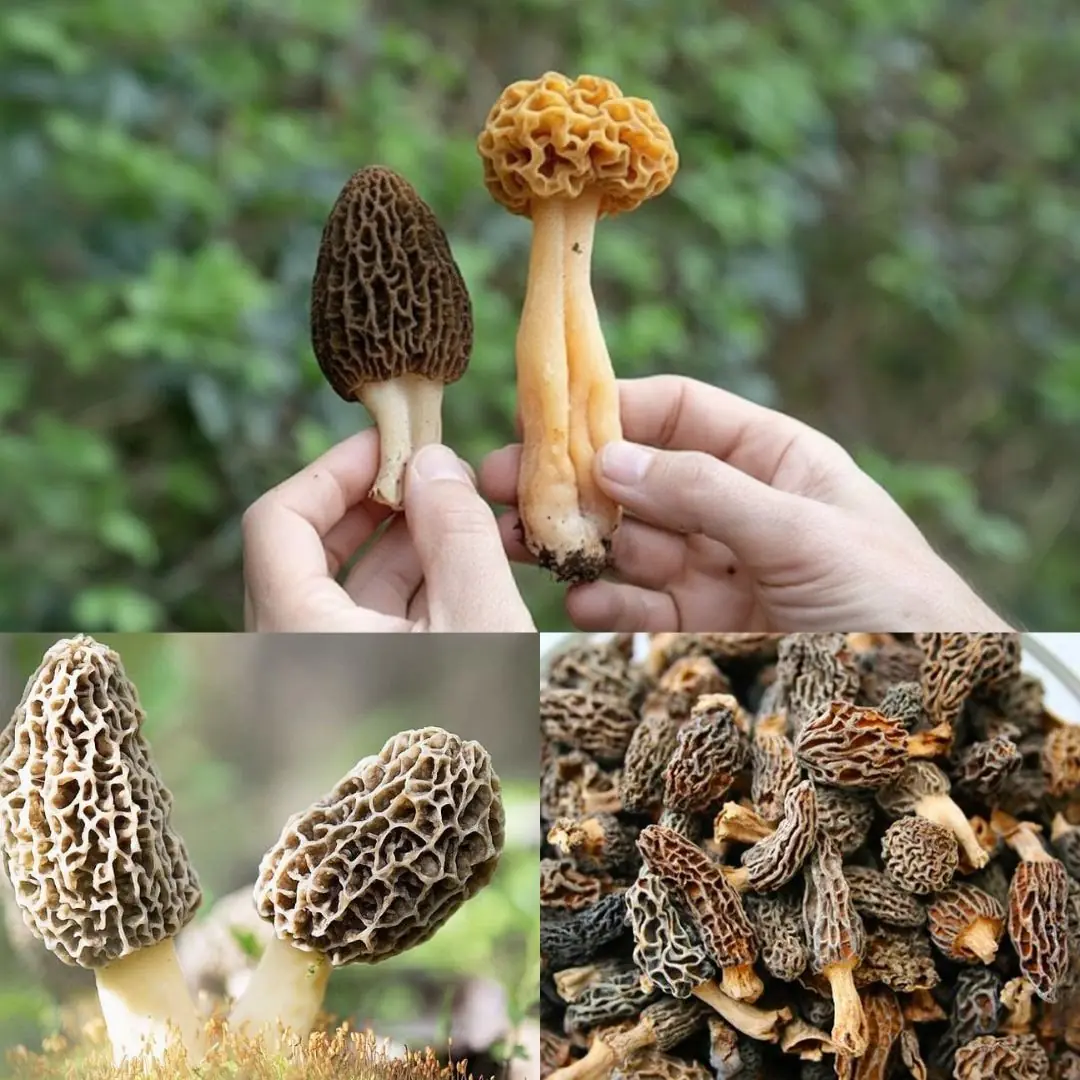
The Fascinating World of Morel Mushrooms: Types, Benefits, and Safe Usage
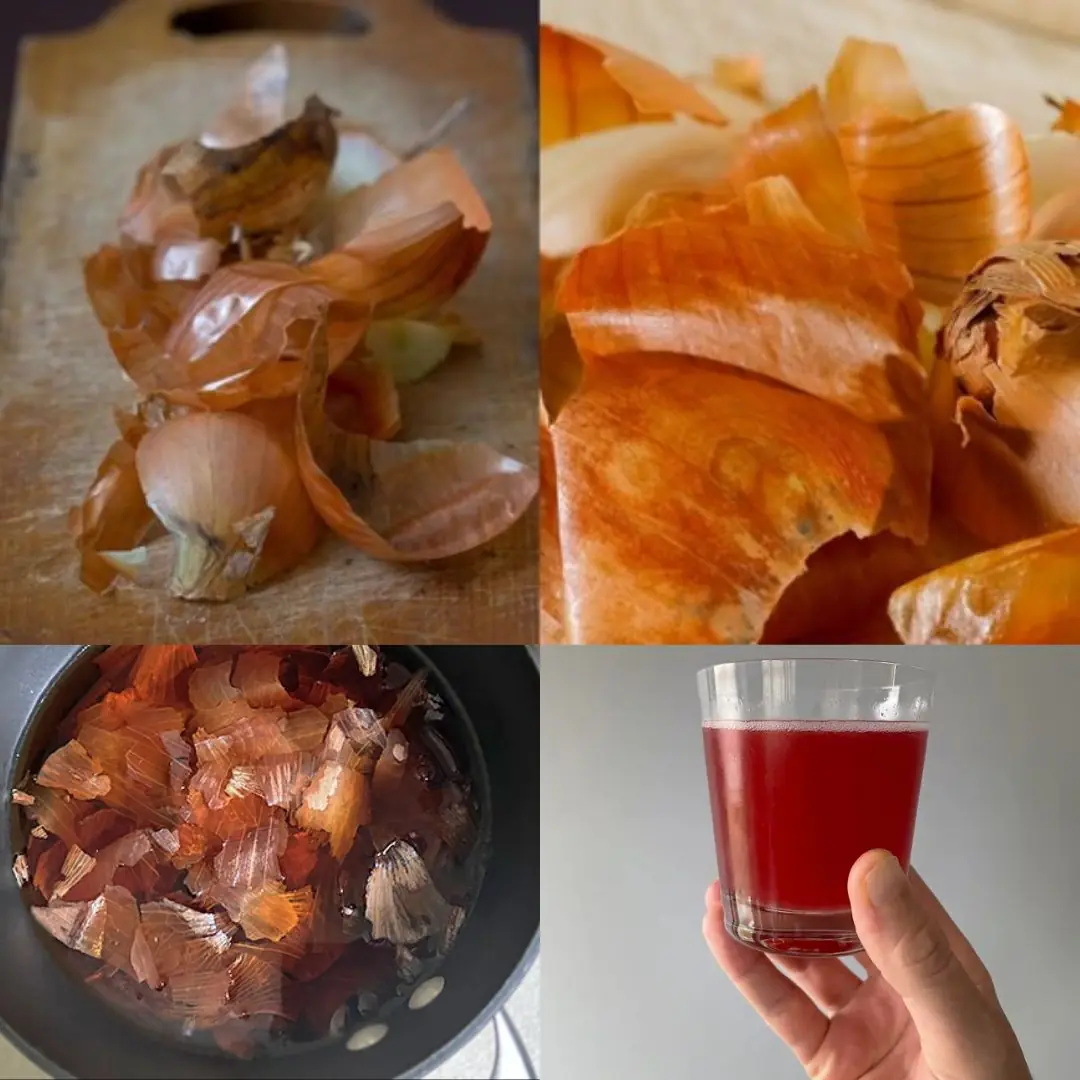
The Hidden Power of Onion Peels: Benefits and Homemade Uses
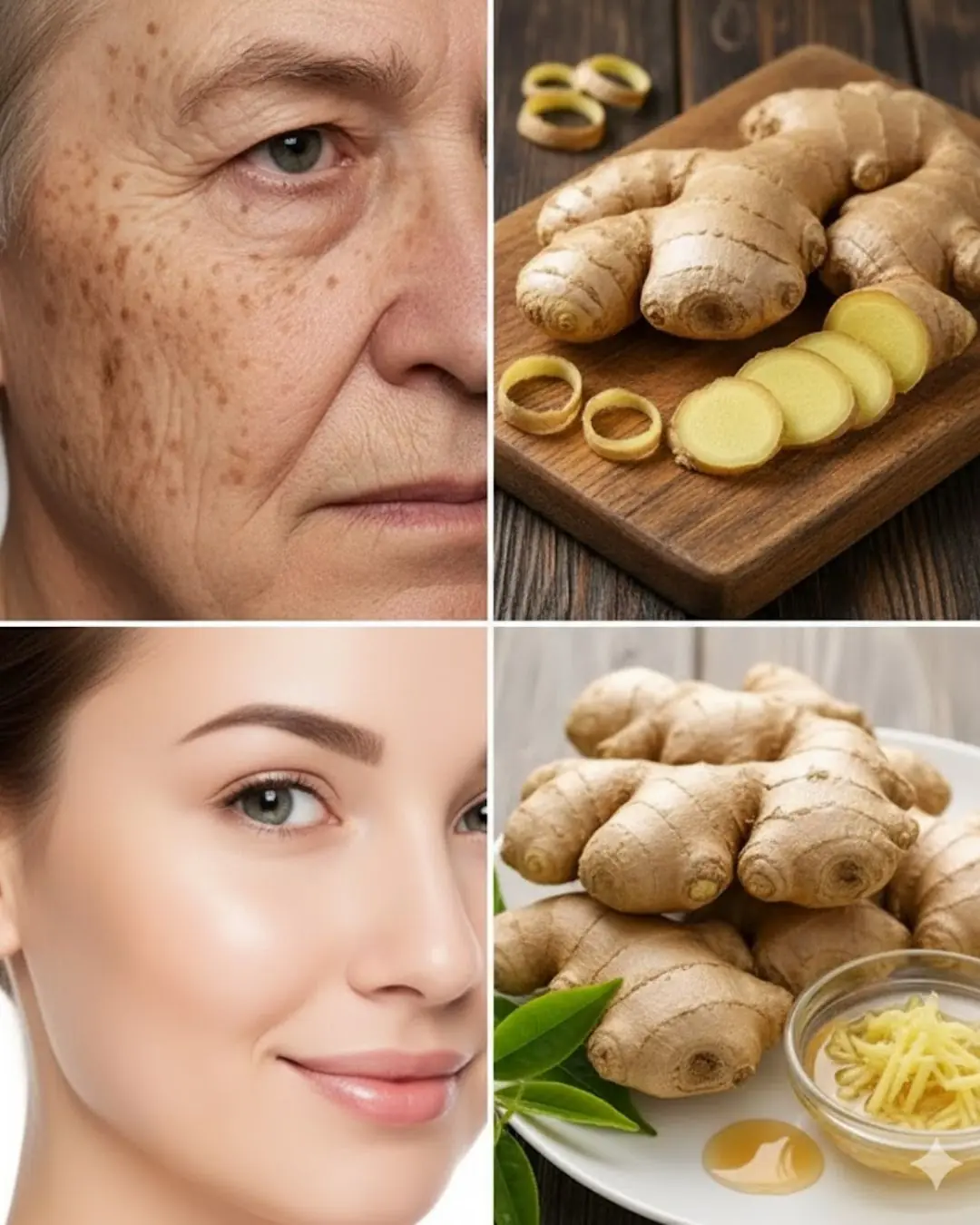
Beautify with familiar ingredients available in every home

Goldenberries (Physalis peruviana): A Nutrient-Packed Powerhouse for Health and Vision
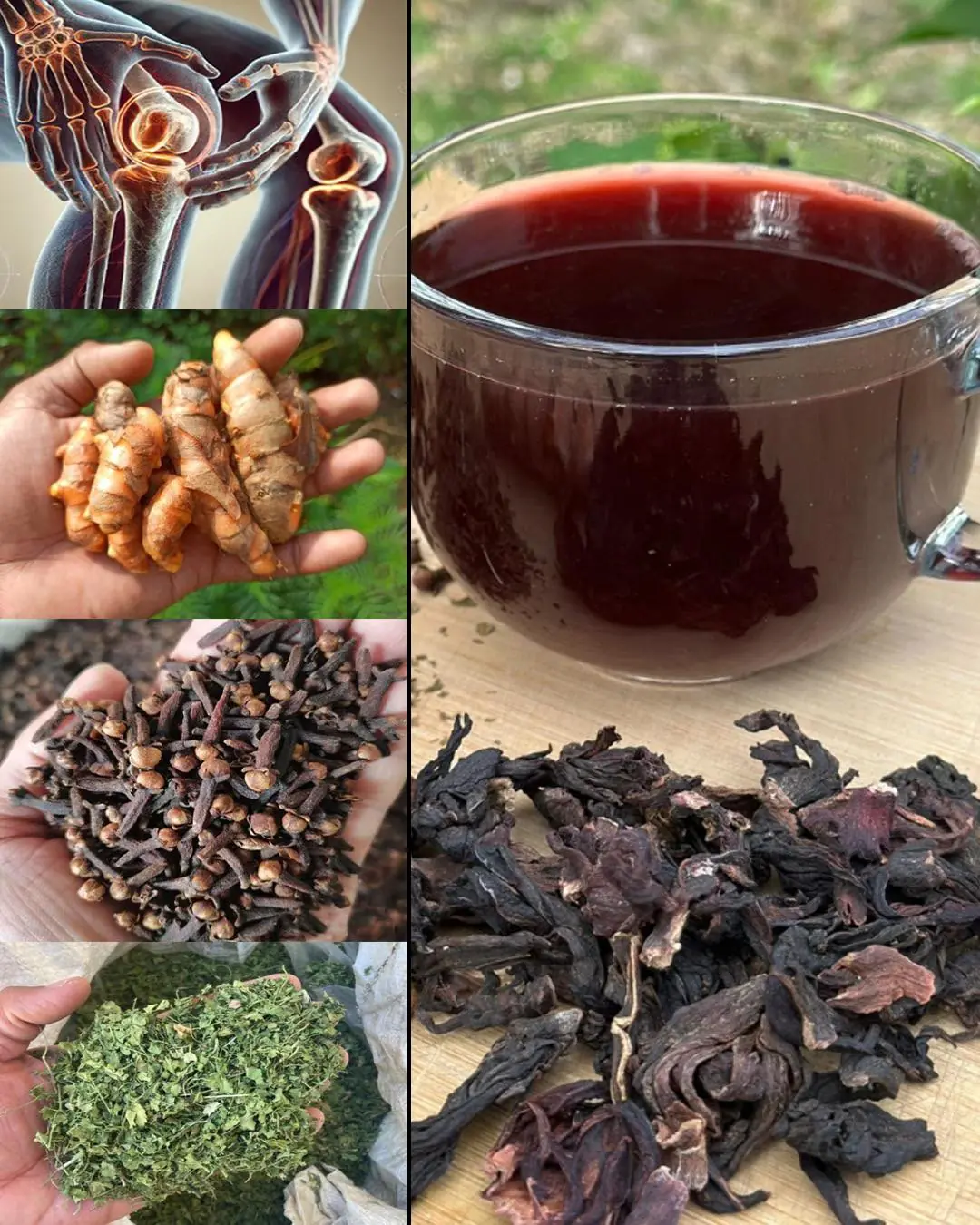
The Miracle Elixir for Diabetes, Fatty Liver and Joint Pain
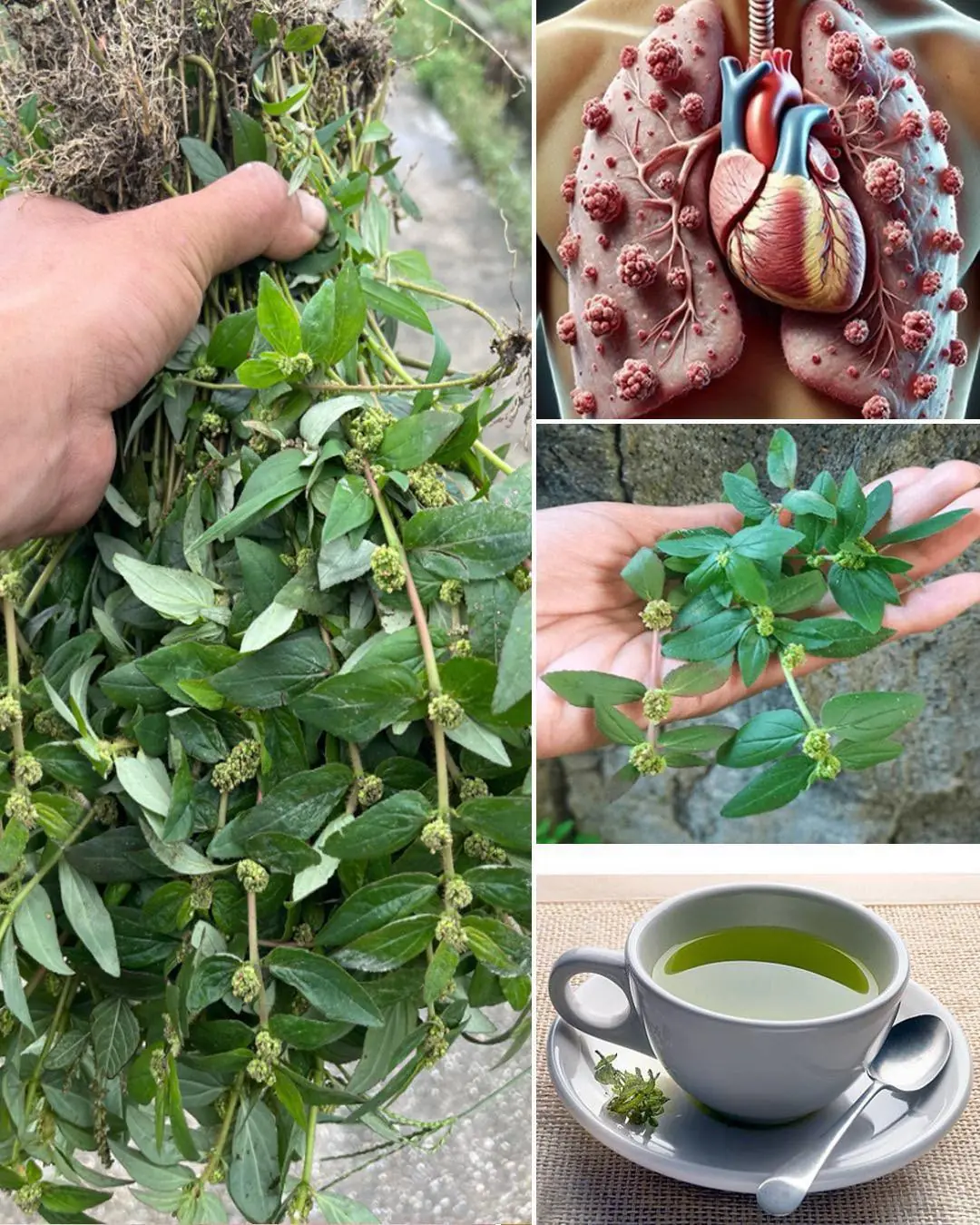
Euphorbia Hirta: 9 key health benefits of this versatile plant
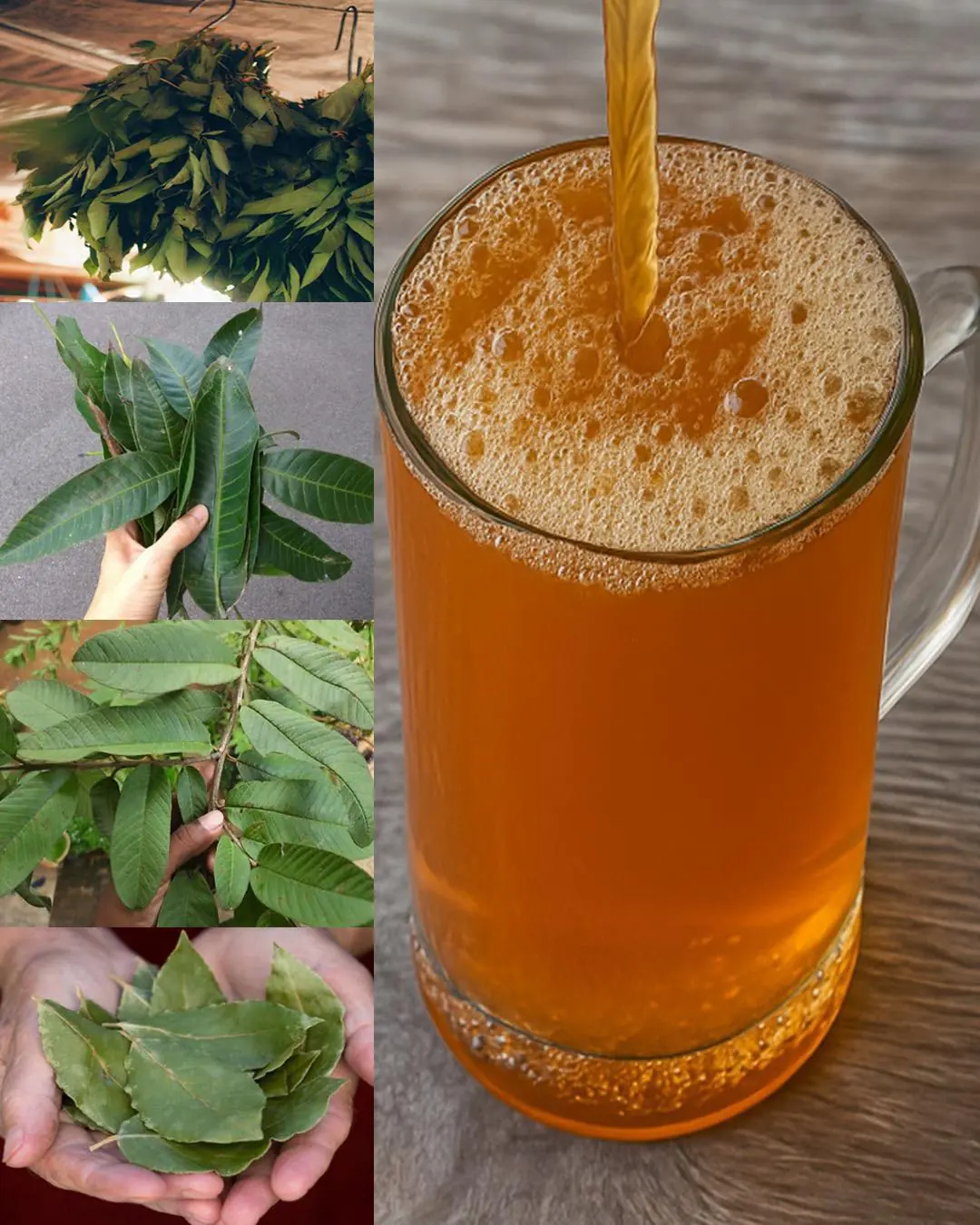
The four medicinal leaves: Avocado leaves, mango leaves, bay leaves, and guava leaves
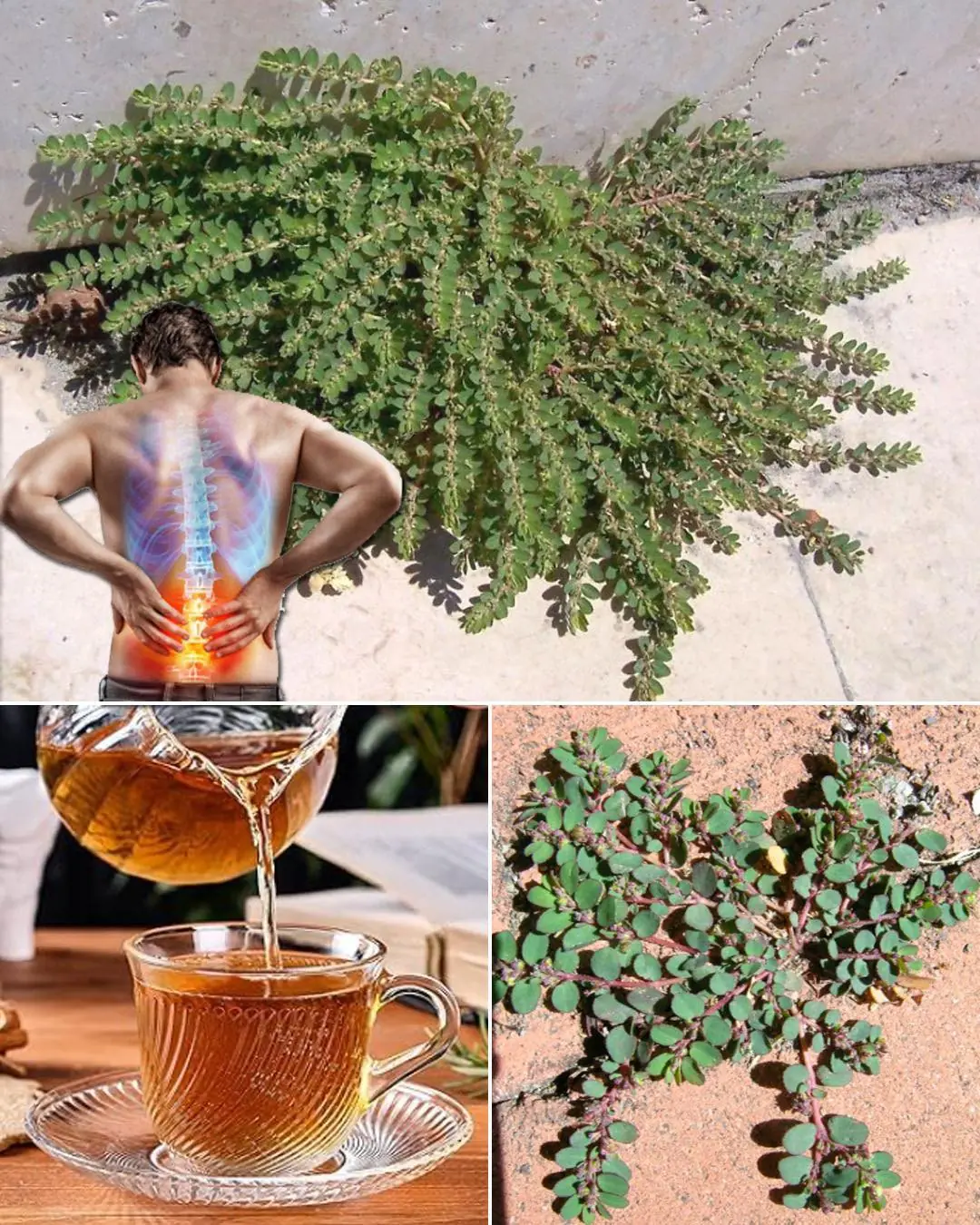
The Hidden Power of Euphorbia prostrata: Benefits, Uses, and Healing Secrets

The Power of Chanca Piedra: 10 Benefits and Uses
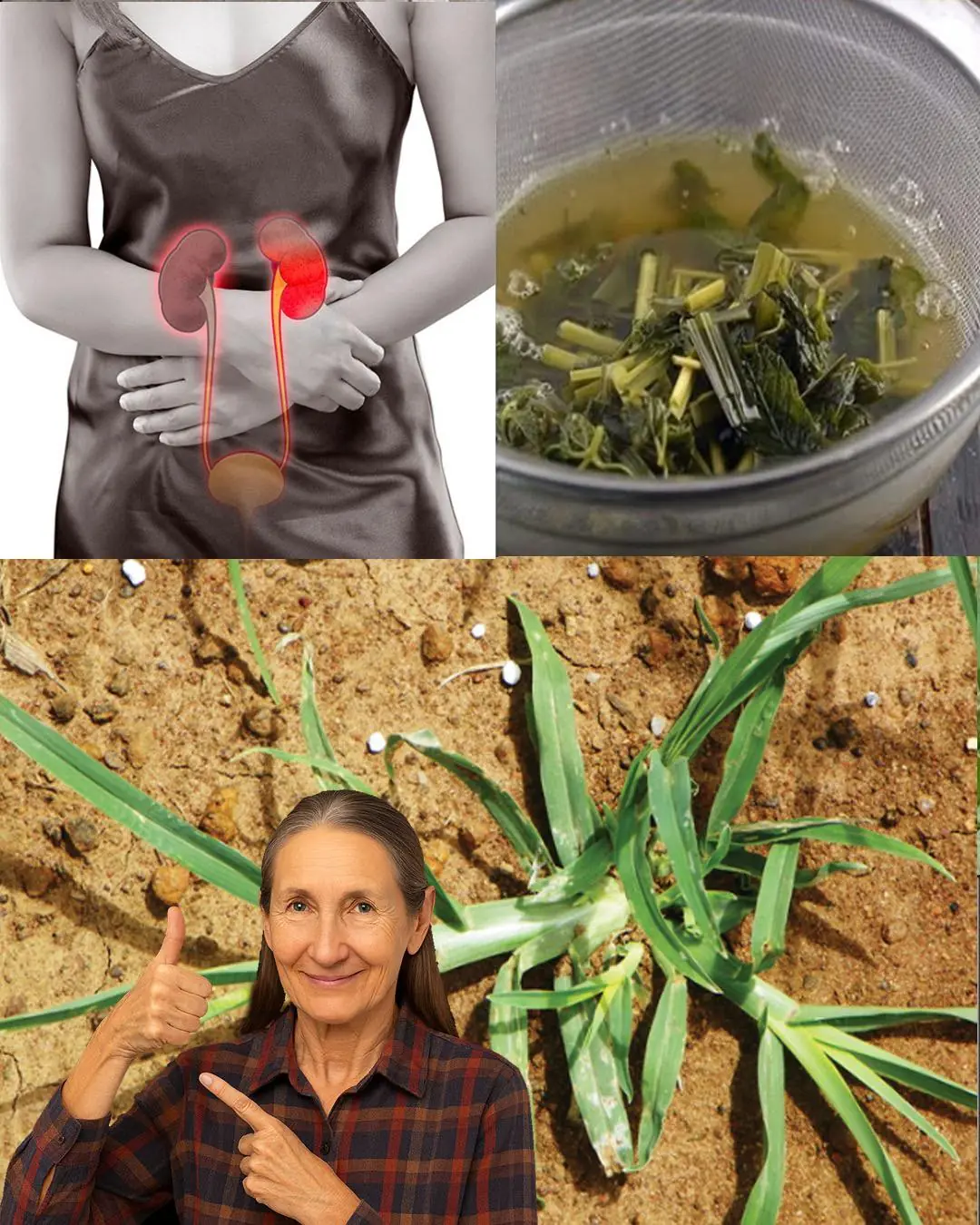
Goosegrass: Health Benefits and Uses

7 Benefits Of Papaya Seeds & How To Consume Them Correctly
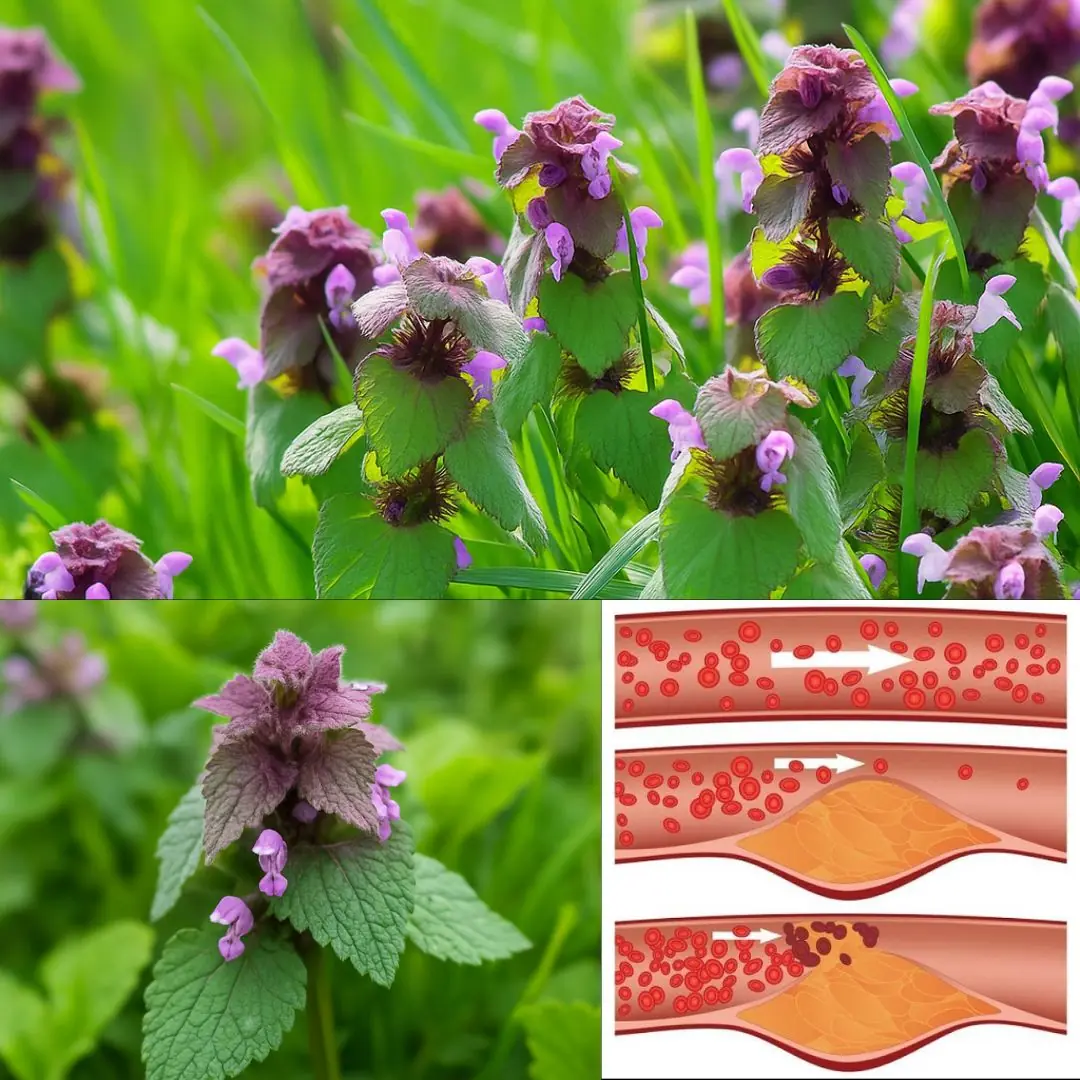
Purple Deadnettle (Lamium purpureum): A Hidden Gem of Medicinal and Practical Uses

Chewing Cloves Daily: A Tiny Habit with Massive Health Benefits
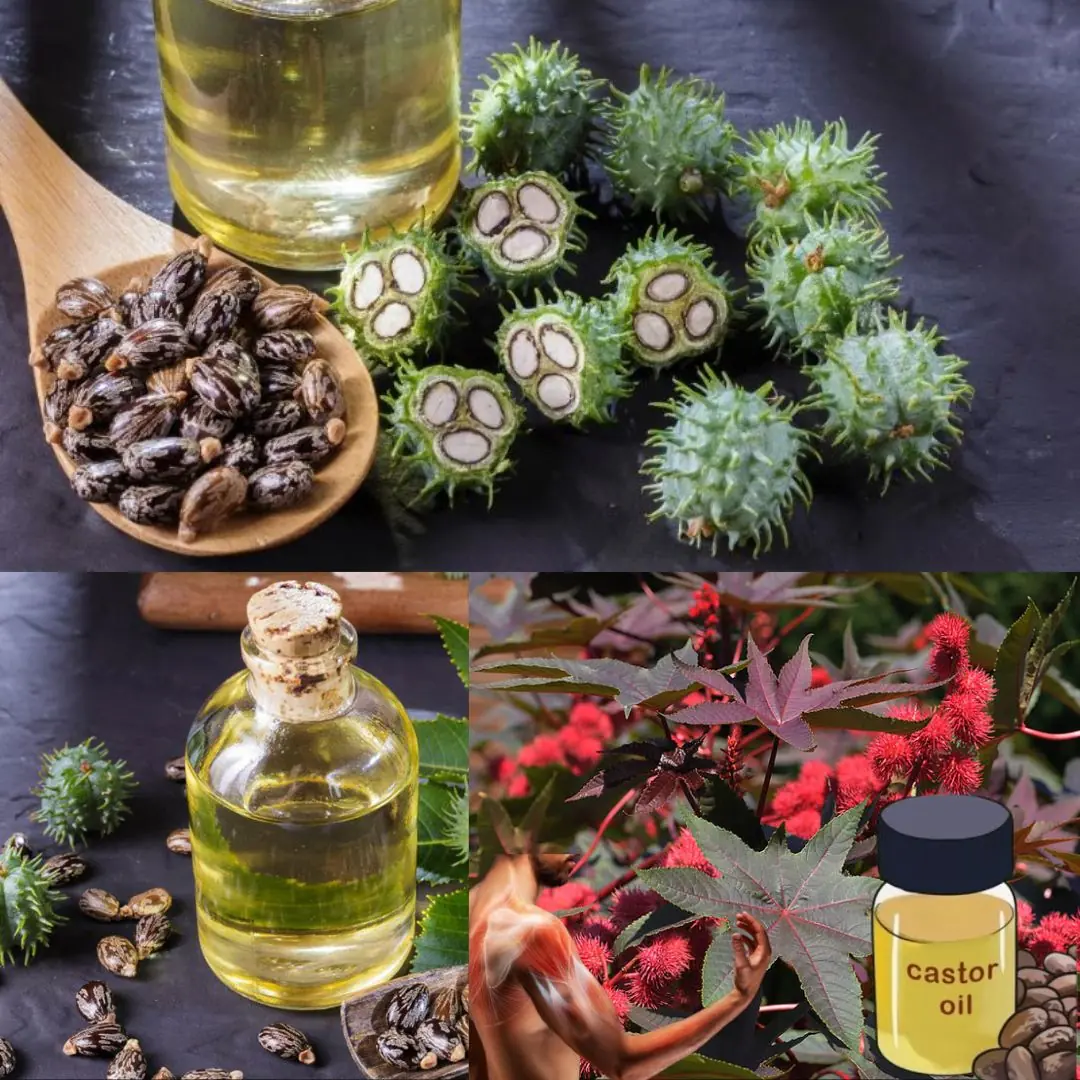
Gardening 7 Benefits and Uses of Castor Oil
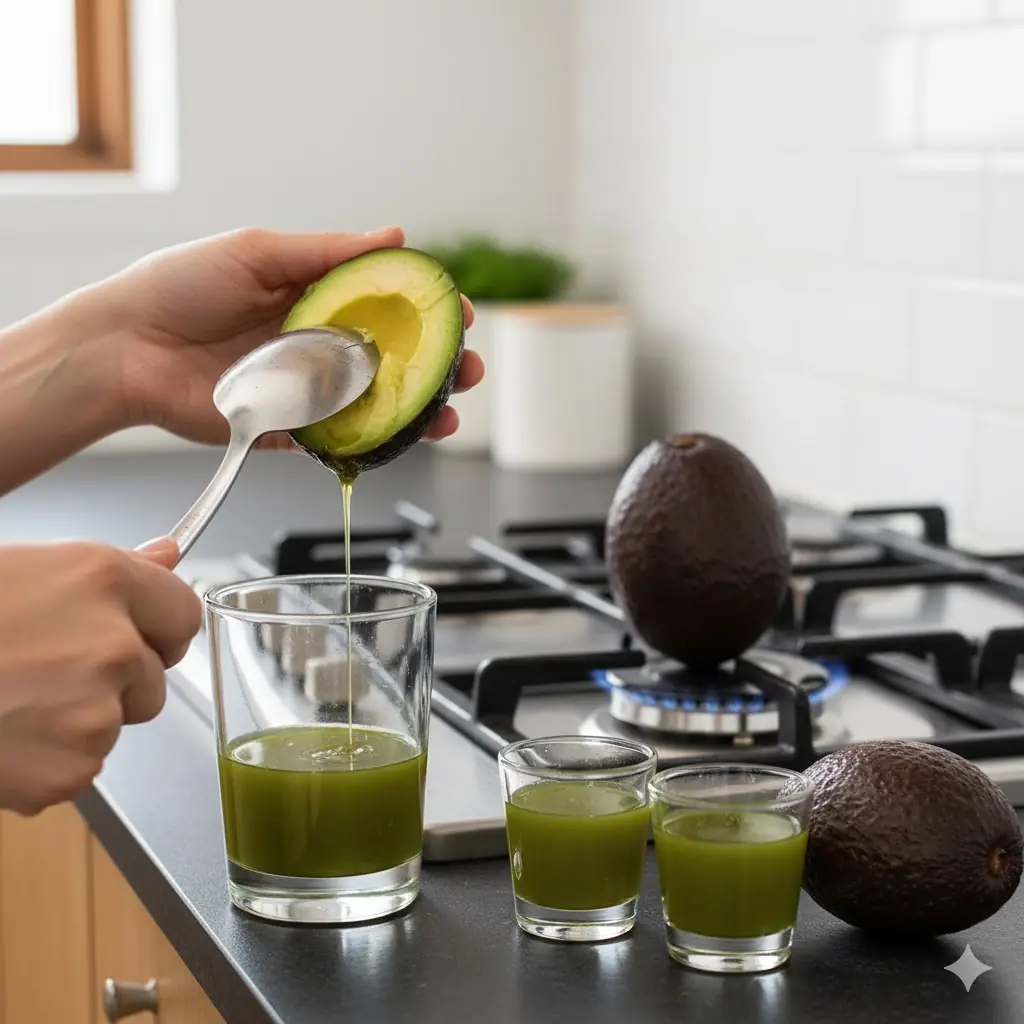
Here’s the secret why everyone puts avocados on the fire!
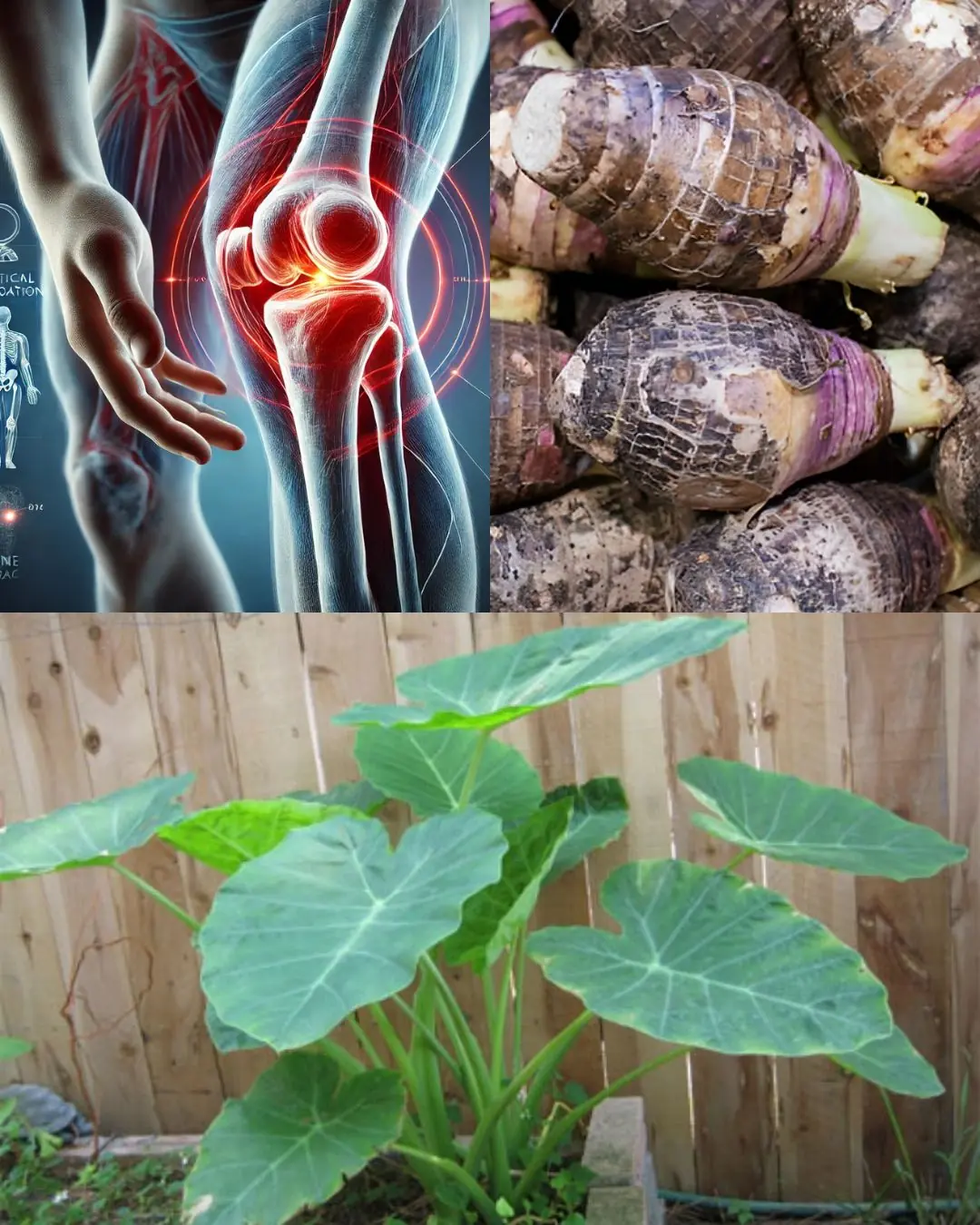
Taro Root: The Ancient Superfood Transforming Health and Sustainability
News Post

Is It Right or Wrong to Place a Washing Machine in the Bathroom? Turns Out, Many People Have Been Mistaken All Along

The 4 Warning Signs Your Body May Show 15 Minutes Before a Stroke – Recognize Them and Call for Help Immediately

10 Warning Signs Your Liver is Overloaded with Toxins Don’t Ignore These!

Doctors Urge: Don’t Ignore Unexplained Bruising These Hidden Reasons Could Be the Cause

Tips to Prevent Pots from Getting Blackened When Using a Gas Stove: Simple Tricks Everyone Should Know

What Is the Hole on Scissors For? Many Home Cooks Don’t Know This and It’s a Shame!

Struggling to Sleep? A Famous Doctor’s 60-Second Trick Could Change Your Nights Forever

What Mixing Vinegar, Salt, and Water Does?

Search Results for: Ginger–Turmeric–Honey: A Golden Natural Remedy

The Surprising Purpose of the Metal Part Between Scissors’ Handles

10 Urgent Warning Signs You’re Eating Too Much Sugar

Why You Should Never Pour Hot Water into Your Kitchen Sink

Unlock the Forbidden Sweetness: Why Dates Are the Ultimate Superfood Hiding in Plain Sight

Holding Cloves in Your Mouth: A Natural Way to Relieve Toothache

Doctor has message for anyone who wakes up between 2am and 3am

5 Hygiene Mistakes that Many People Make…

What Really Happens When You Drink Coffee Every Morning

Warning Signs of Poor Blood Circulation You Can’t Afford to Miss
